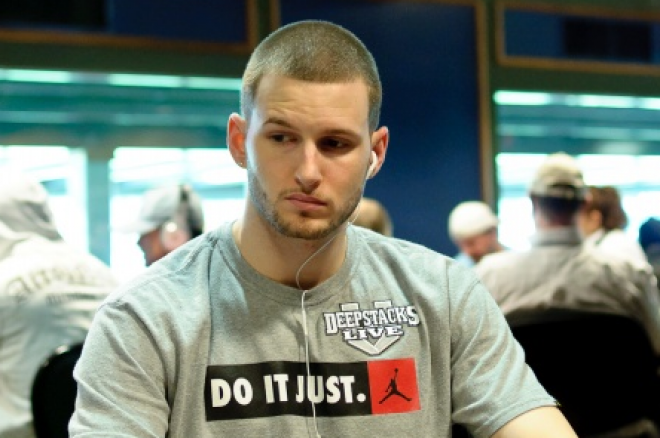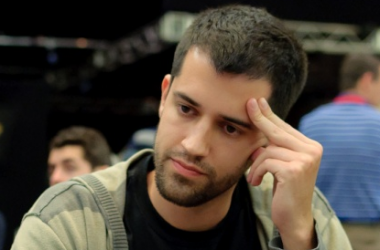Bet Sizing With Tristan Wade

Tristan Wade is a live, online grinder who plays under the screen name "cre8ive." He is also an instructor at Deepstacks University where he teaches everything from the basics to high-level strategy. Wade sat down with PokerNews to talk about bet-sizing.
When you begin with a group of students, what are the big and obvious mistakes they are making with bet sizes?
Well the initial bet-sizing mistakes they make are preflop. They don't keep their bets within the 2 to 4 x the blind range, or keep their bets consistent. After the flop, most amateur players aren't aware of the size of the pot, so they don't make their bet sizes in relation to the pot.
OK, let's talk preflop. What kinds of factors are you taking into account to decide on preflop raise sizes?
The first things I take notice of are the blind levels and stack sizes. If everyone is playing 100 big blinds deep, I am more comfortable making a 3 x the blind preflop raise. If the stacks are more shallow, I will decrease my opening bet size to 2.2 to 2.5 times. Once the antes kick in, I will almost always keep my opening raises under 2.5 x the blind. All of this depends on the table, as well and how other players are playing.
With antes in play and such a small preflop raise, doesn't this allow for the big blind to defend profitably? Or should our postflop skill and position make up for that?
The big blind can defend profitably in some cases with certain hands, but typically against skilled poker players who have position on you, you will get outplayed. The good player will find a way to lose less chips when the big blind has a hand, and win more chips when he has hands that have value. That's a concept a lot of people forget about, as well.
How do limpers affect your preflop raise size?
Well, at DeepStacks Live, one of our instructors, Mike Matusow, is a big fan of making 3 x the blind raises and adding one for every limper. If there are two limpers, you would make a 5 x the blind raise. Personally, I think isolating the limper and taking control of the pot itself is more important than the actual size of the raise. Sometimes I will still make a 2.5 to 3 x the blind raise. Depending on the player and the table, I will isolate a little bigger.
What kinds of players are you isolating against?
I'm probably isolating with a bigger raise size when I have a lot of people who like to see cheap flops behind me. I will also isolate players who react differently in bigger pots rather than smaller ones.
What about three-bet sizes, in and out of position?
Preflop three-bet sizes are another thing that seem to fluctuate a lot, as they should. This is all player dependent. On the Internet, some people will fold to small three-bets preflop, whereas in a live setting, you could make a 3 to 4 x three-bet and still get called. Typically, if you are in position, I think your three-bet sizing should be around 3 x the raise or below, and if you are out of position it should be 3 x the raise or a little bigger. Know your players and that answer will be a lot easier to determine.
Postflop, when you have the initiative and position, what are some things consider when finding a continuation-bet size?
There are a few key principles to continuation betting. First, it depends on how many opponents you are betting into. If there are four or five players you should make a bigger continuation bet in most cases. If you are against one or two players, you can get away with making a smaller bet, like half the pot. You should also be aware of building the pot and how the size of the pot relates to your stack. For example, betting the flop and the turn to leave yourself with a pot-sized bet on the river.
That's great advice. It seems like beginning players often bet the flop without thinking ahead as to what they'll do if they get shoved on or if they have to see the turn.
Yeah. Everything is player-dependent in poker. If one player will fold to a one-third pot continuation bet, you're burning chips by not betting smaller. If another player won't fold for full-pot bets, and you have a hand with good value, punish him.
Is there anything else you want to add about beginning players learning correct bet-sizing?
Always be aware of your stack size, the size of the pot, and what you are trying to accomplish when you are in the pot. Keep your bets consistent and think ahead.
Don't forget to visit our social media outlets! Follow us on Twitter and like us on Facebook today, and if you want to work on your game some more, check out PokerNews Strategy.








